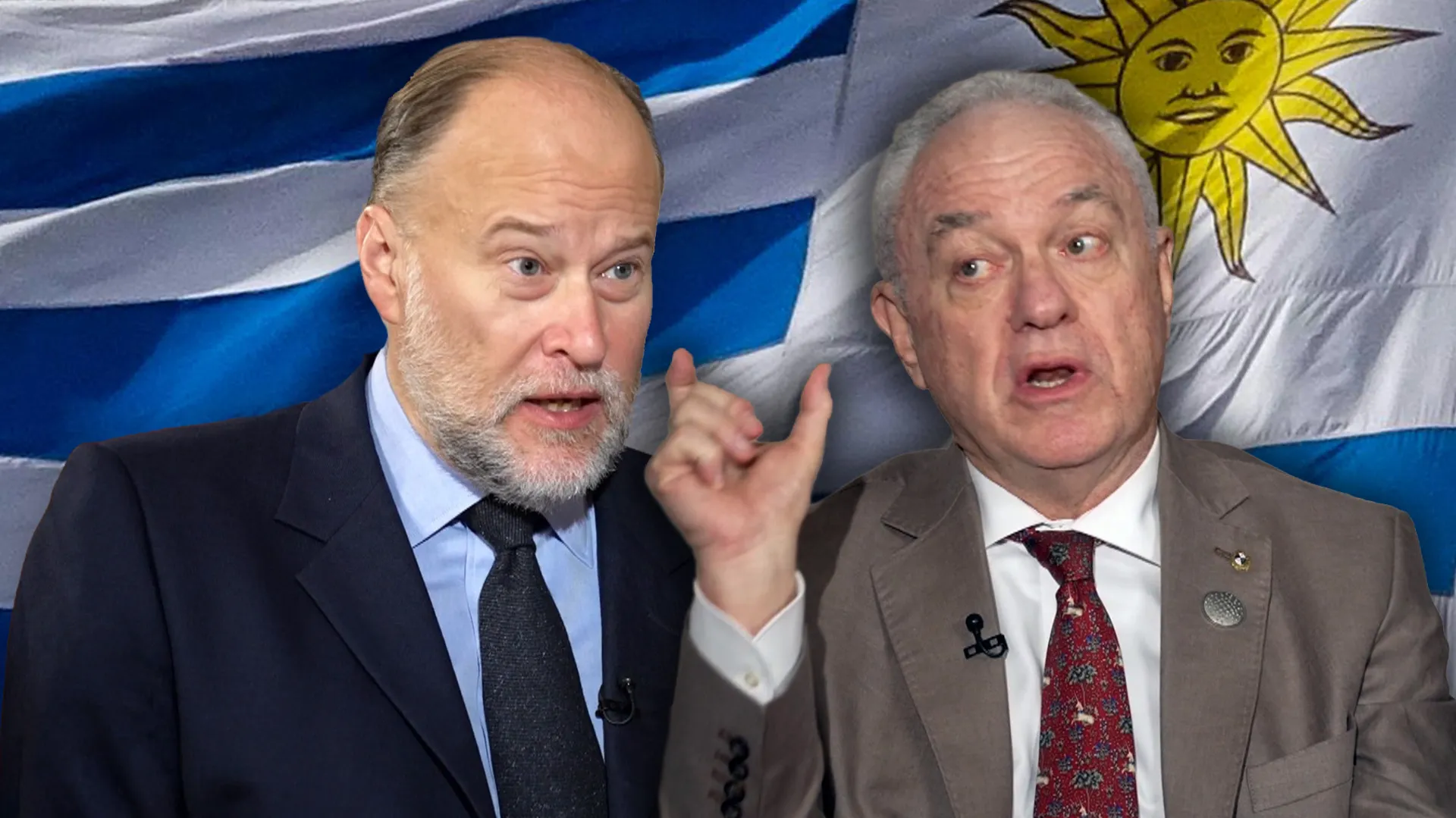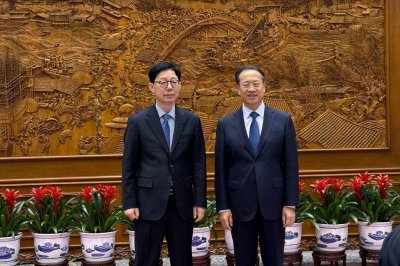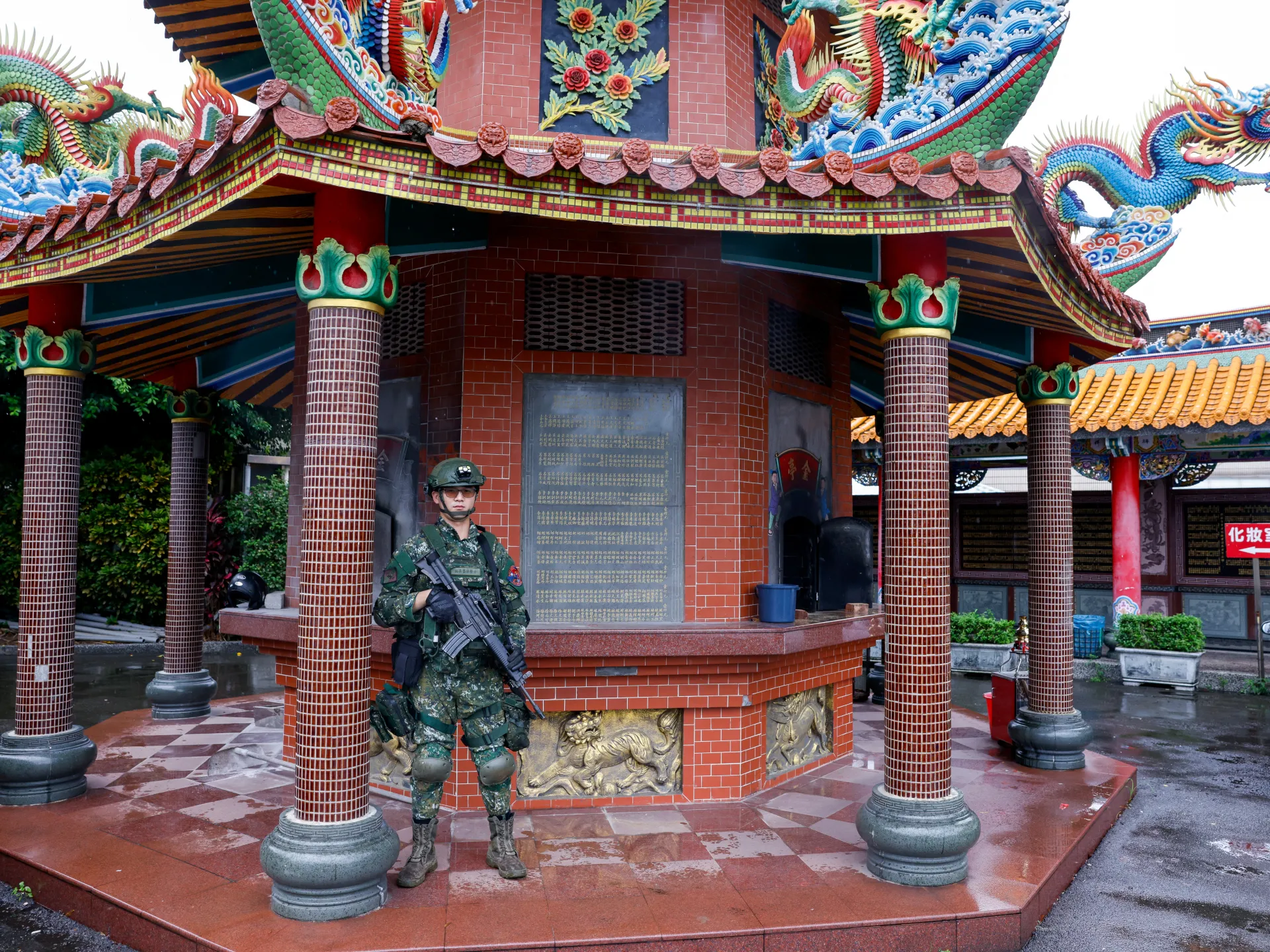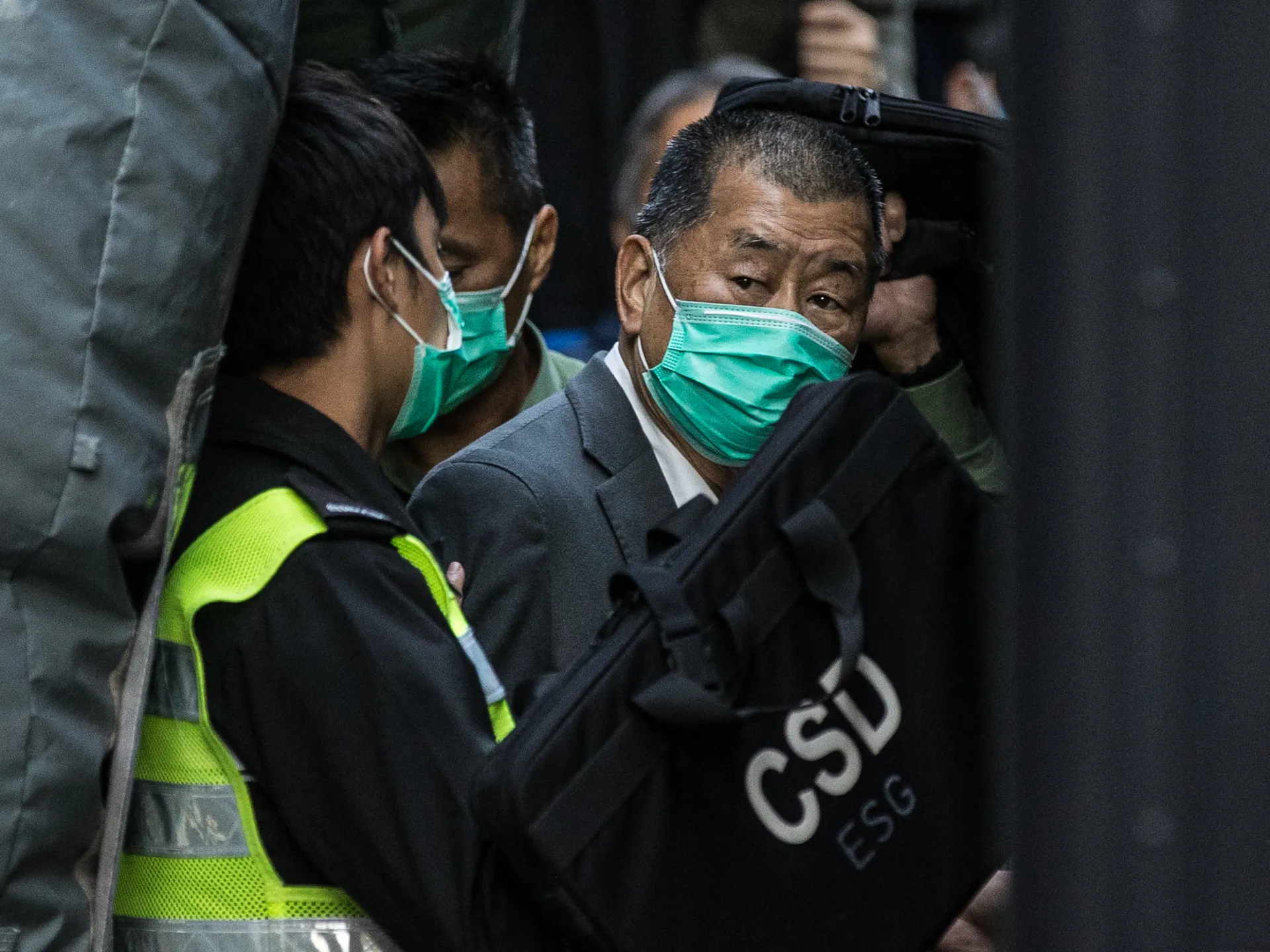Dec. 8 (UPI) — U.S. President Donald Trump announced Monday a $12 billion dollar aid package to help American farmers hit hard by inflation, tariffs and China’s trade war to “provide much needed certainty” for next year’s crops.
Trump unveiled the aid package with Treasury Secretary Scott Bessent and Agriculture Secretary Brooke Rollins at a White House roundtable, where they were joined by farmers in soybean, corn, rice, cattle, potatoes, sorghum and the cotton industry.
“I’m delighted to announce this afternoon that the United States will be taking a small portion of the hundreds of billions of dollars we receive in tariffs … We’re going to use that money to provide $12 billion in economic assistance to American Farmers,” Trump said.
“This relief will provide much needed certainty to farmers as they get this year’s harvest to market and look ahead to next year’s crops, and it’ll help them continue their efforts to lower food prices for American families,” Trump added.
Rollins said farmers can begin applying for the one-time funding within the next few weeks. The money will be distributed before Feb. 28.
A White House spokesperson said Monday’s rollout reflected Trump’s “commitment to helping our farmers, who will have the support they need.”
“We are going to create this bridge because, again, agriculture is all about the future, you’ve got to start financing for planting next year, when things will be very good,” Bessent said Sunday.
Monday’s aid announcement is the latest effort to help U.S. farmers negatively affected by the president’s tariff policies and other factors, such as a drop in crop prices. Farmers lost billions of dollars in sales after China stopped buying U.S. soybeans in May to retaliate against Trump’s tariffs.
The White House said last month that China plans to buy at least 12 million metric tons of soybeans, sorghum and “other farm products” before the end of the year, after Trump and Chinese President Xi Jinping reached a preliminary trade agreement in October.
“Since my successful meeting in South Korea with President Xi, purchases have been made, and soybeans are being exported out of the United States to China as we speak,” Trump told Monday’s roundtable.
The Agriculture Department confirmed last week a half million more metric tons of soybeans, sorghum and wheat were being shipped to Chinese shores.
Last month, the American Farm Bureau Federation issued a warning that aid was “urgently needed” as the money needed to grow crops exceeded farming revenues and farm bankruptcies were starting to rise.
Monday’s package sets aside $11 billion in one-off checks for crop producers under the U.S. Department of Agriculture’s Farmer Bridge Assistance initiative, while another $1 billion is reserved for commodities that fall outside that program’s coverage.
“President Trump is helping our agriculture industry by negotiating new trade deals to open new export markets for our farmers and boosting the farm safety net for the first time in a decade,” stated White House spokesperson Anna Kelly.
Rollins revealed last week that the federal government was planning to issue the bridge payments to farmers.
“What you’ve been able to do is open those markets up and again, move toward an era where our farmers are not so reliant on government checks, but have the markets to sell their product,” Rollins said. “Having said that, we do have a bridge payment we’ll be announcing with you next week, as we’re still trying to recover from the Biden years.”
On Monday, Senate Minority Leader Chuck Schumer, D-New York, accused Trump of taking credit for fixing his own mess.
“Trump’s tariffs are hammering our farmers, making it more expensive to grow food and pushing farmers into bankruptcy,” Schumer said. “Farmers need markets to sell to — not a consolation prize for the ones he wrecked.”
On Monday, Iowa cattle and soybean farmer Cordt Holub told Trump he appreciated the bridge payments, saying, “it’s Christmas early for farmers.”






